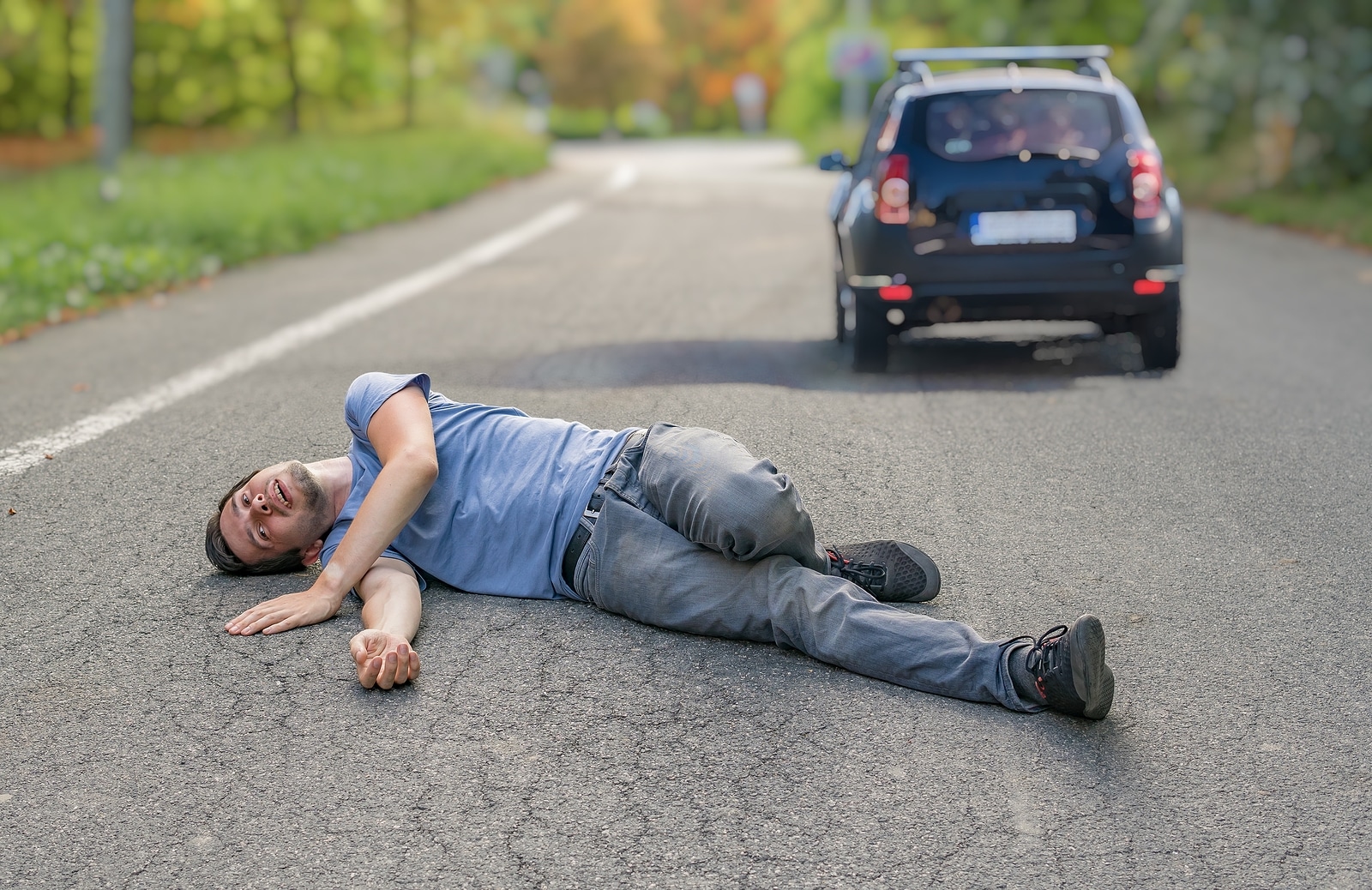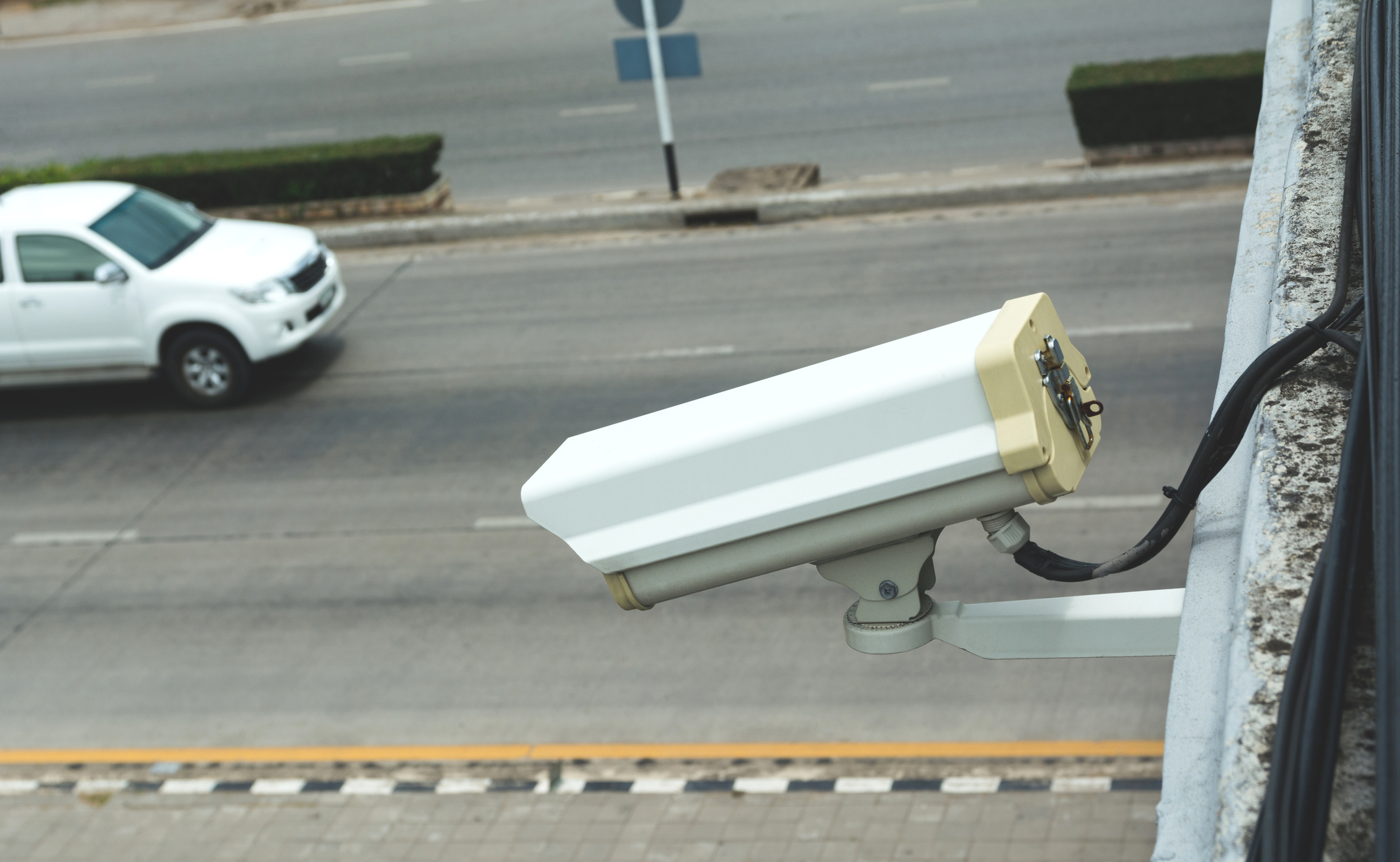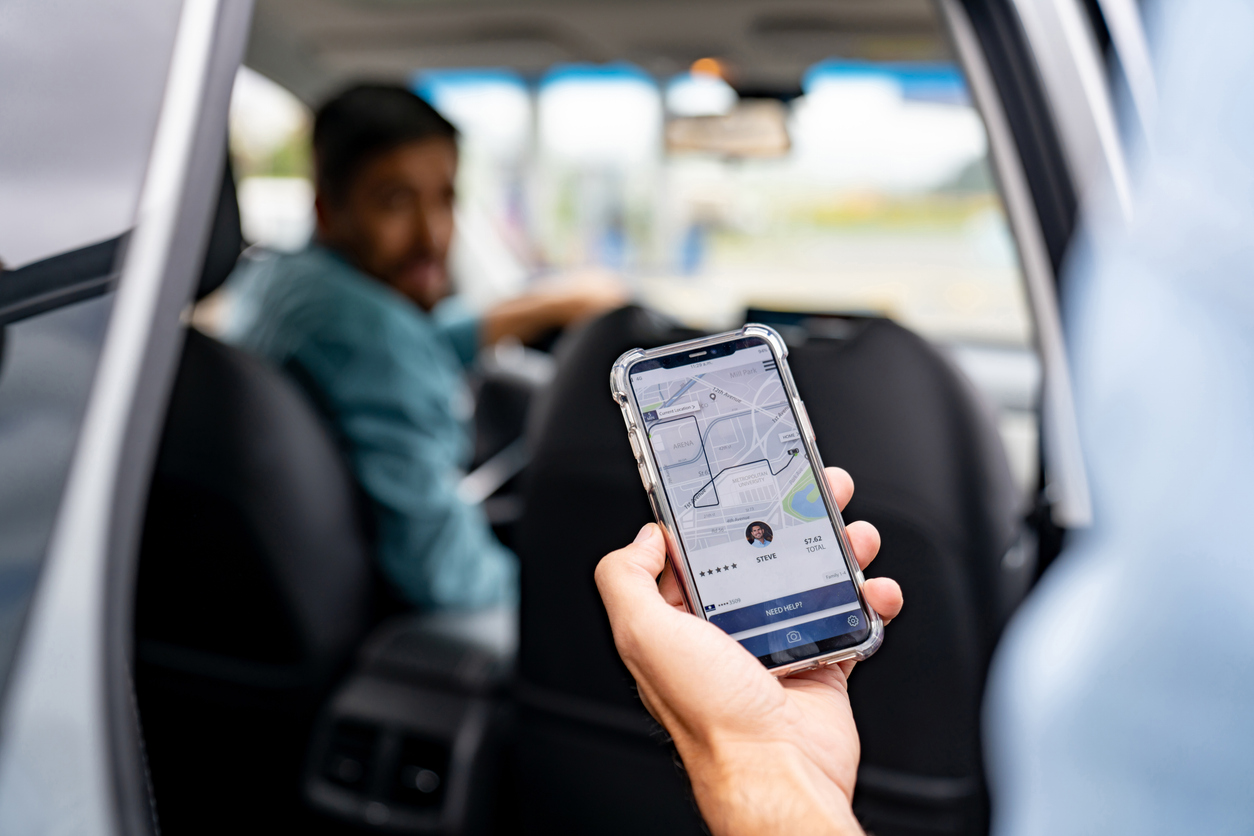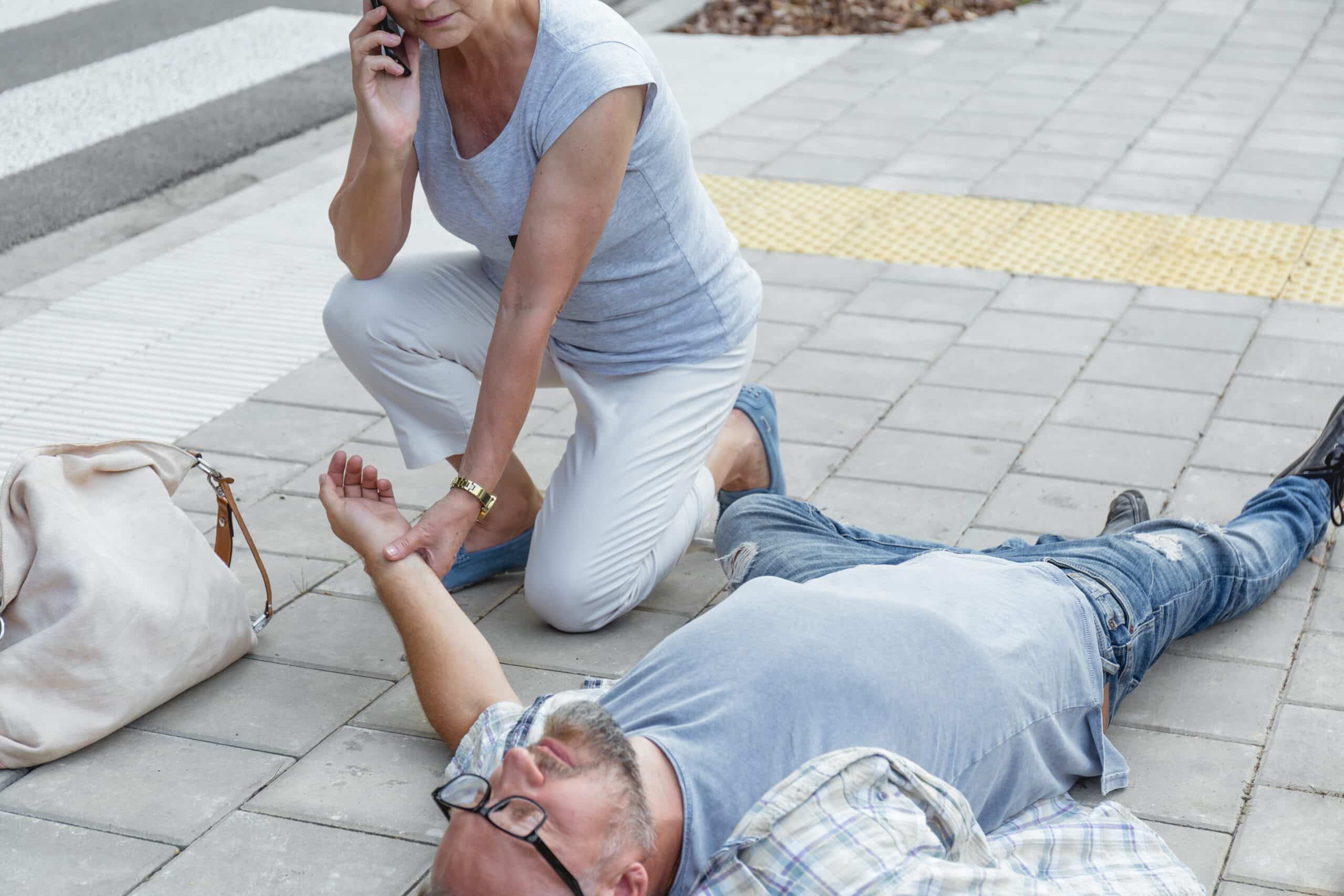7 Steps to Take After Being Injured in a Hit-and-Run Accident
When people are injured in car accidents or pedestrian accidents in California, they may be able to recover compensation for damages and injuries from other drivers involved. However, if you are injured in a hit-and-run accident in Encino or the surrounding area, you might not know who the at-fault driver was. This can create some complexity in seeking coverage for expenses and losses related to your injuries. Following some important steps after a hit-and-run accident can increase your chances of achieving a successful outcome.
1. Report the Accident to Authorities
Start by reporting the accident to the authorities. Many times, the best thing to do is to call 911 to have medical first responders, law enforcement, or other appropriate personnel dispatched to the accident scene.
You may also want to find out, when possible, whether you need to file any other accident reports. For example, anytime there is an accident in California that causes more than $1,000 in property damage or any type of injury, it requires filing an SR-1 accident report. Typically, this report is filed by an at-fault driver, but you may want to discuss what reports are required from you if the other driver doesn’t stop at the scene or own up to their involvement in an accident.
2. Seek Medical Attention
It can be easy to get bogged down in details and worries about financial outcomes following any type of car accident. However, it’s important to address your physical health before you start chasing down any other information or leads.
Call 911 to report any injuries and get checked out by emergency responders, even if you don’t think your injuries are especially serious. Hit-and-run accidents can lead to internal injuries or other issues that come up later, and it can be good to have an early record that you reported the issue. If emergency responders recommend that you go to the hospital for further evaluation, consider following through. X-rays and other medical records documented early on can be important to later claims you might need to make regarding your injuries.
3. Gather Evidence About the Accident Scene if Possible
If it’s possible at the scene to do so safely—or to have a friend or family member with you do so—consider documenting evidence. Smartphones can be a critical tool for this, as you can easily and quickly take photos and videos of the scene. Images of the entire scene, signage, any damage to nearby structures or trees, and tire marks on the road can help experts reconstruct the accident later.
In cases where there is video footage of the actual accident, such as dash cam or traffic cam footage, you may be able to use that information to identify the hit-and-run driver. If you own the footage, make sure to save it or provide it to law enforcement. When possible, take time to visually inspect the accident scene to discover if there are any cameras that might have captured footage of the accident; you may want to tell your lawyer about them later.
4. Get Information From Witnesses
Another thing you can do at the accident if you’re able is gather information from witnesses. You can get their names and contact information, which might be needed later if your lawyer wants to call them to testify in a case. You might also ask witnesses if they have any video footage or photos of the accident or the scene they would be willing to share.
If you are not in a state at the scene to get information from witnesses, law enforcement will usually record the names and contact information of those people in police accident reports.
5. Notify Your Insurance Company
Even if you aren’t at fault in a hit-and-run accident, you should report the incident to your insurance company. You may have coverage that kicks in to help pay for expenses related to such accidents, and your insurance agent can help you understand those options.
However, be careful when accepting payouts or signing anything from your insurance company. Read everything carefully to ensure you aren’t giving up any rights to seek further compensation and wait until you can have a lawyer review the information.
6. Follow Up With Necessary Medical Treatment
Follow up with medical treatment and recommendations. It can be tempting to try to return to your normal day-to-day life and ignore minor aches and pains from an accident. However, those symptoms could be your body trying to tell you something more serious is going on.
It can also be important to stick with treatment recommendations like physical therapy, even if it’s uncomfortable at the time. By working hard to heal yourself early, you may be able to reduce potential negative outcomes of the accident in the future.
7. Talk to a Personal Injury Attorney About Your Options
As early as possible after a hit-and-run accident, consider consulting with a personal injury attorney about your options. Your attorney can help you understand how to seek compensation or coverage for your losses from your own insurance company or the hit-and-run driver if they are identified.
For more information about how we might be able to help with your case, schedule a free 15-minute case evaluation with V&A Law Firm today by calling 818-369-3270.





